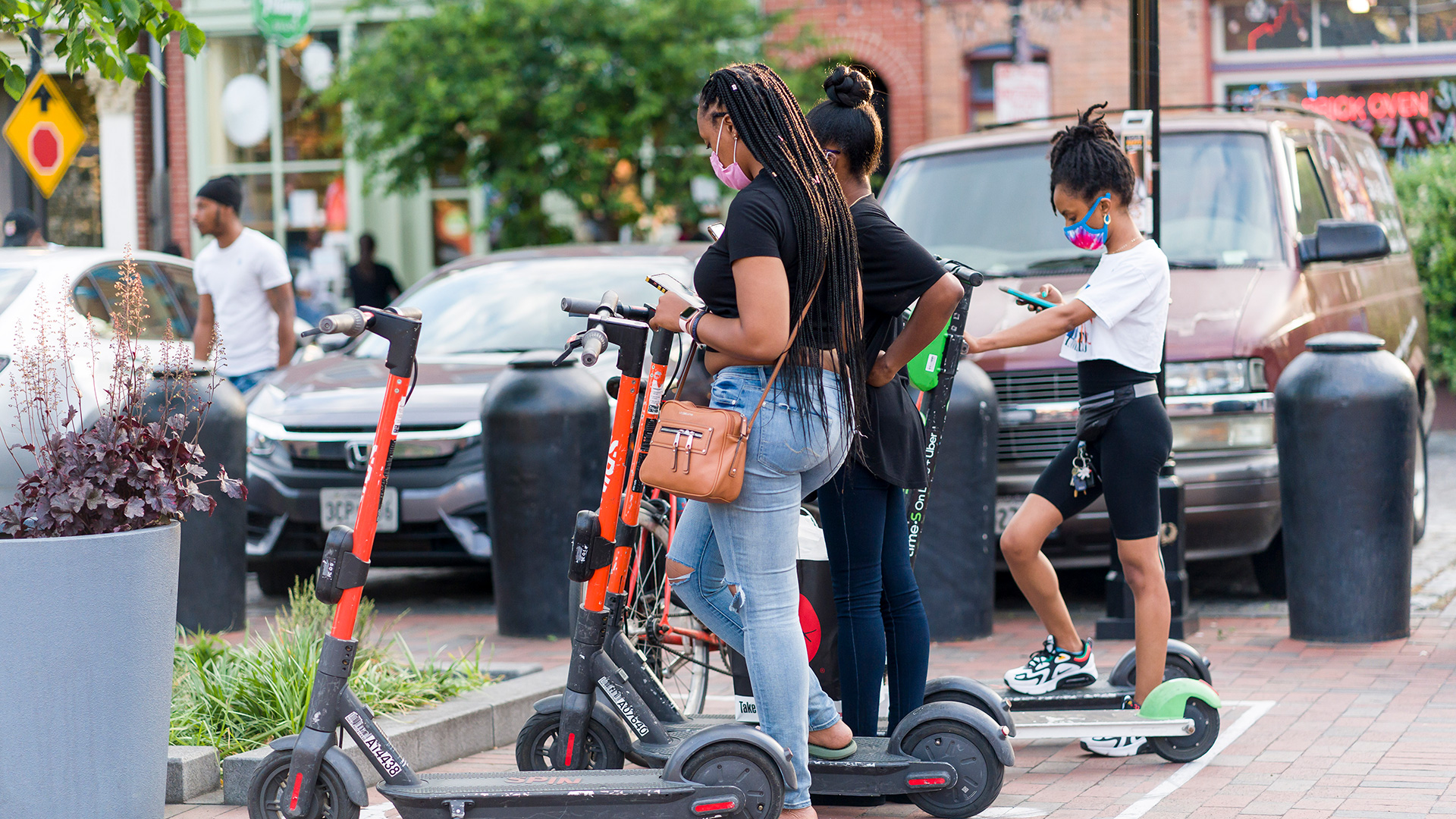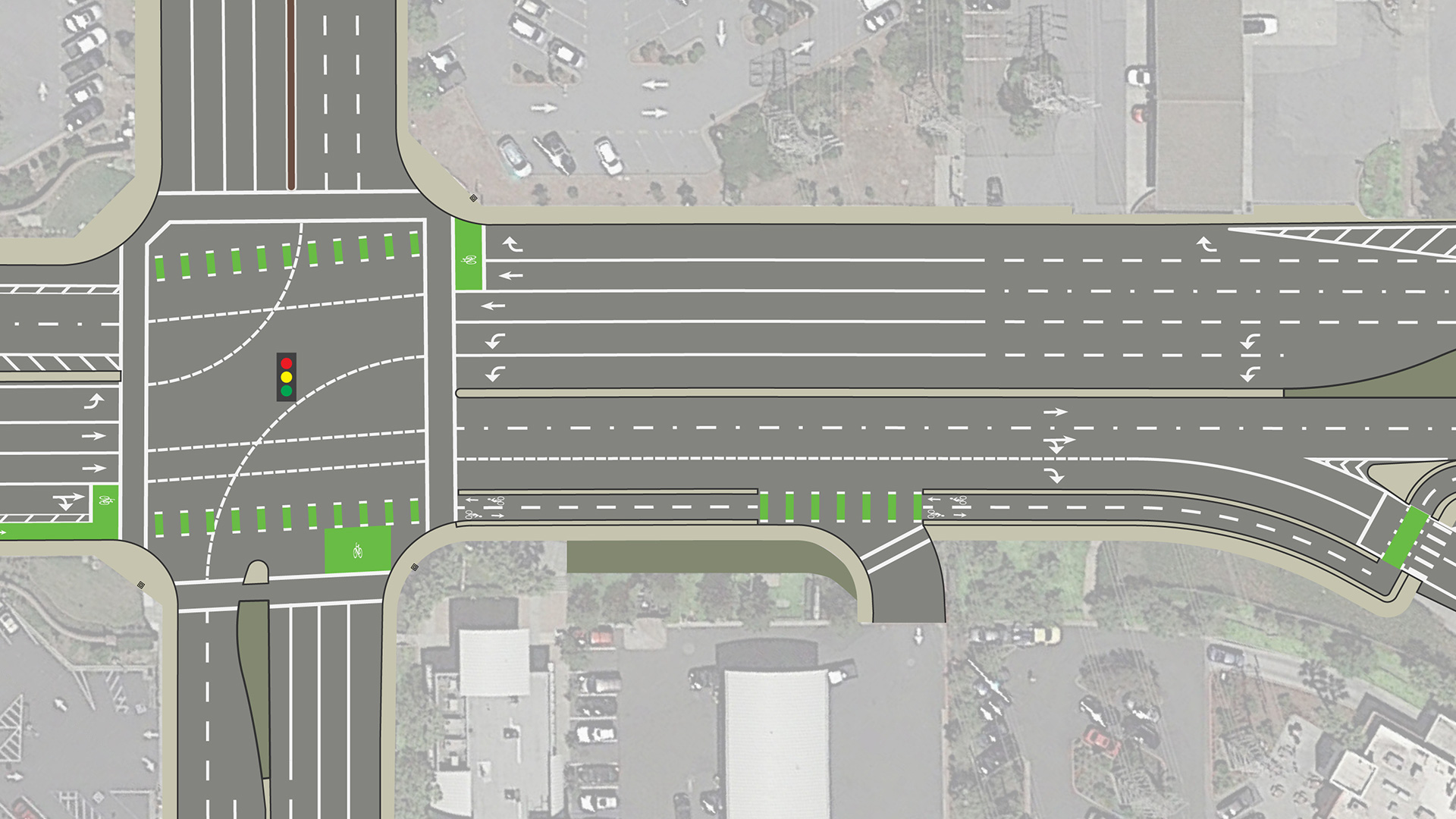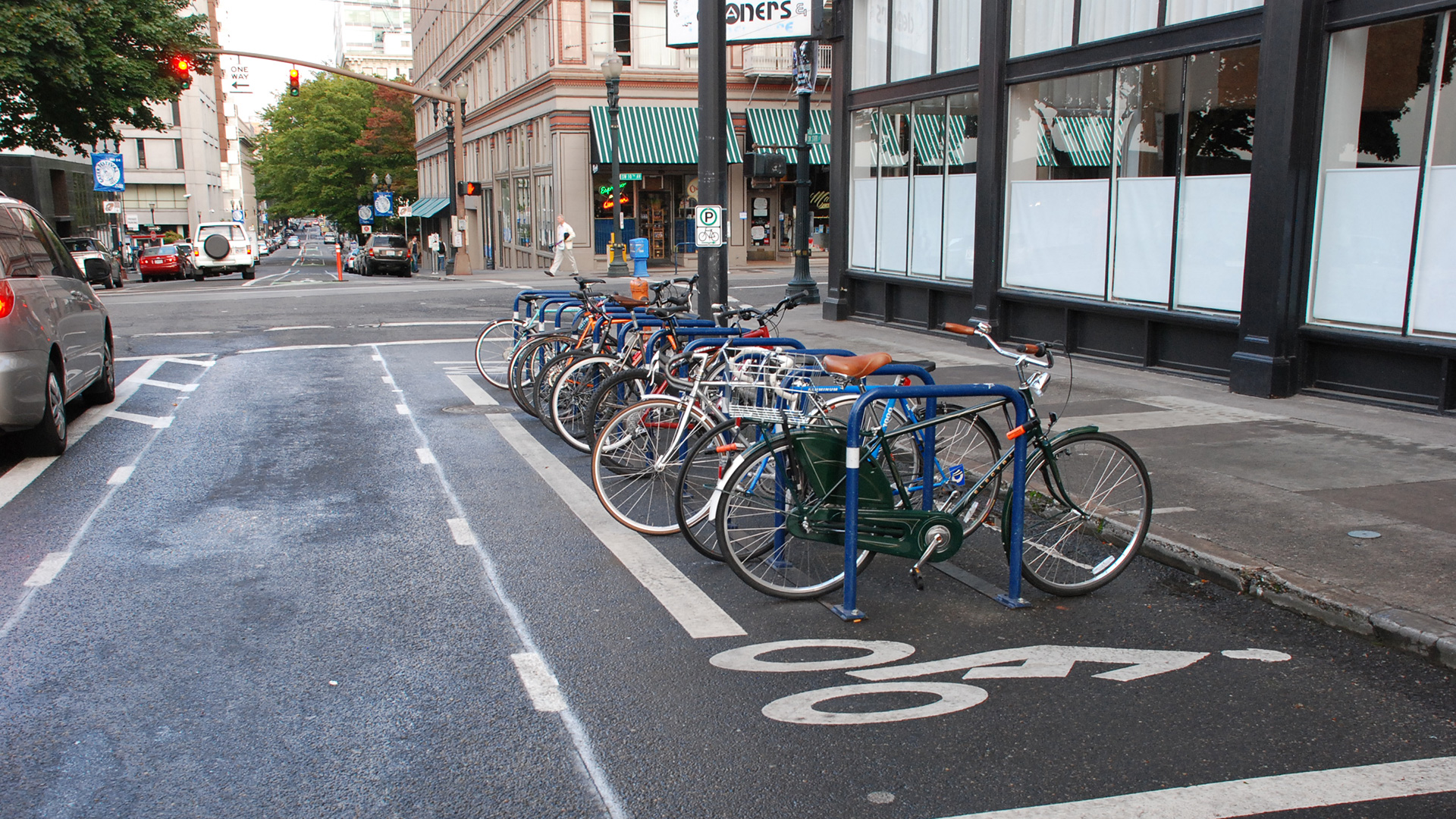Challenge
The City of Pittsfield, Massachusetts has a complicated legacy as a hub of electrical manufacturing, as a transformer plant brought prosperity to the City but also a range of health threats. Pittsfield also has entrenched transportation safety issues, with nearly a third of all residents living in neighborhoods which are statistically likelier to experience severe or fatal crashes. Residents in these areas can also suffer disproportionately from major health problems, including asthma, cancer, high blood pressure, diabetes, and poor mental health. Safe, comfortable active transportation facilities have the potential to offer relief for many of these issues.
Solution
In 2021, the City of Pittsfield, MA completed a Bicycle Facilities Master Plan. One of the outcomes of this plan was the recommendation for a citywide traffic calming toolkit to improve safety for vulnerable road users and people in underserved communities. The City decided to go after Safe Streets for All (SS4A) funding to develop a comprehensive Safety Action Plan and implement safety recommendations from the Bicycle Facilities Master Plan.
The City worked with a Kittelson team on two SS4A applications. The first was for a planning grant for a Safety Action Plan to develop strategies for updating the City’s aging transportation infrastructure and creating safer and more comfortable facilities for underserved communities. The second was for a supplemental planning and demonstration grant to develop a detailed traffic-calming toolkit that would include implementation strategies ranging from quick build to permanent installation.
The Outcome
Making Safety Recommendations a Reality Through SS4A
The City received $310,000 in SS4A funding to complete a Safety Action Plan, traffic calming toolkit, and traffic calming demonstration project to test the toolkit countermeasures along a high-crash corridor. This is an important step toward making it more feasible for residents to commute using low-cost and environmentally friendly modes (like bicycling and walking), making multimodal traffic safer for all users, and encouraging all residents to build transportation habits that promote individual health.



